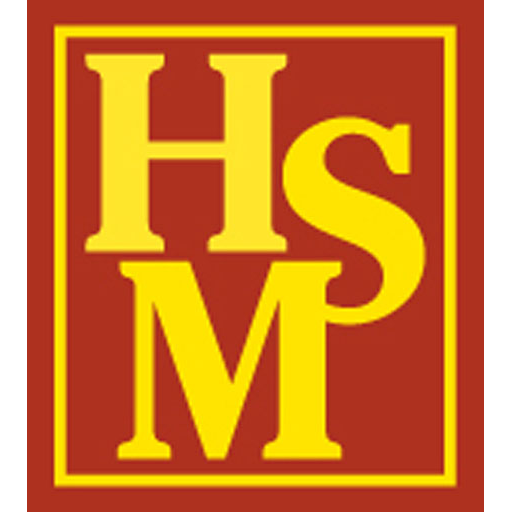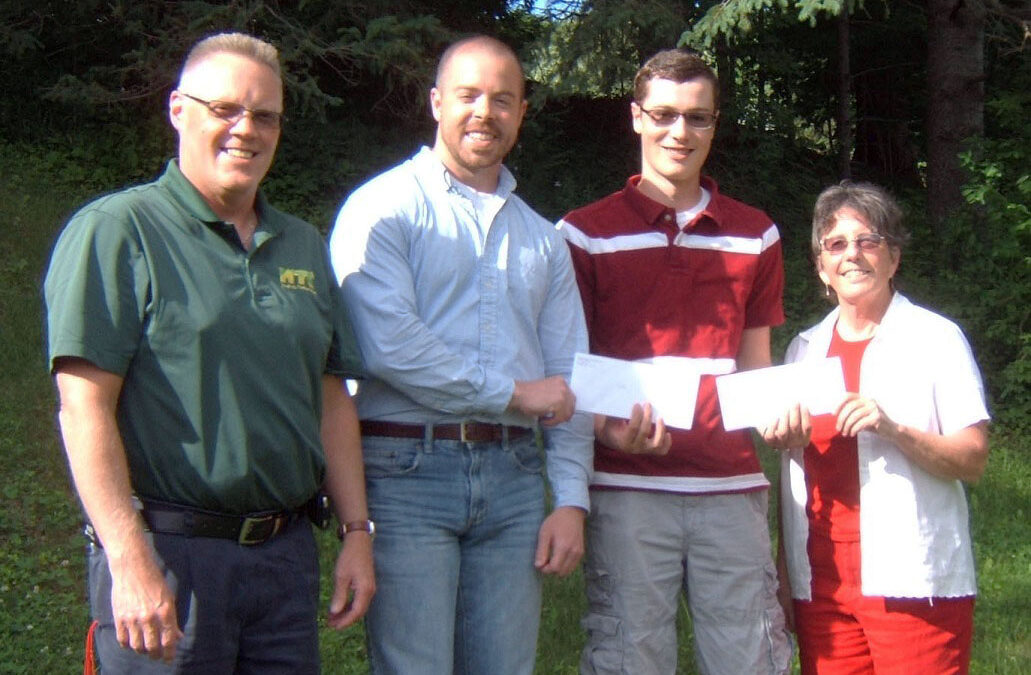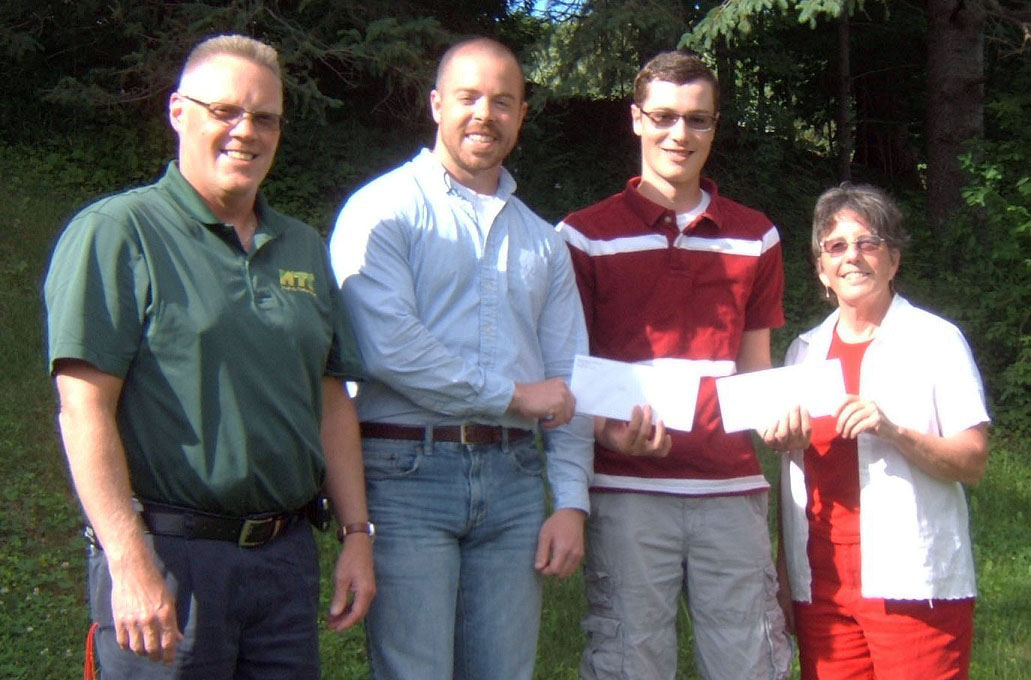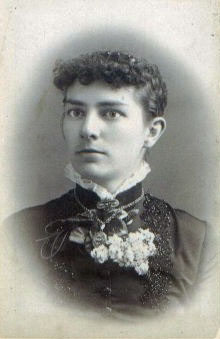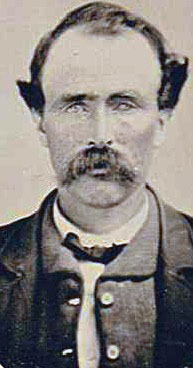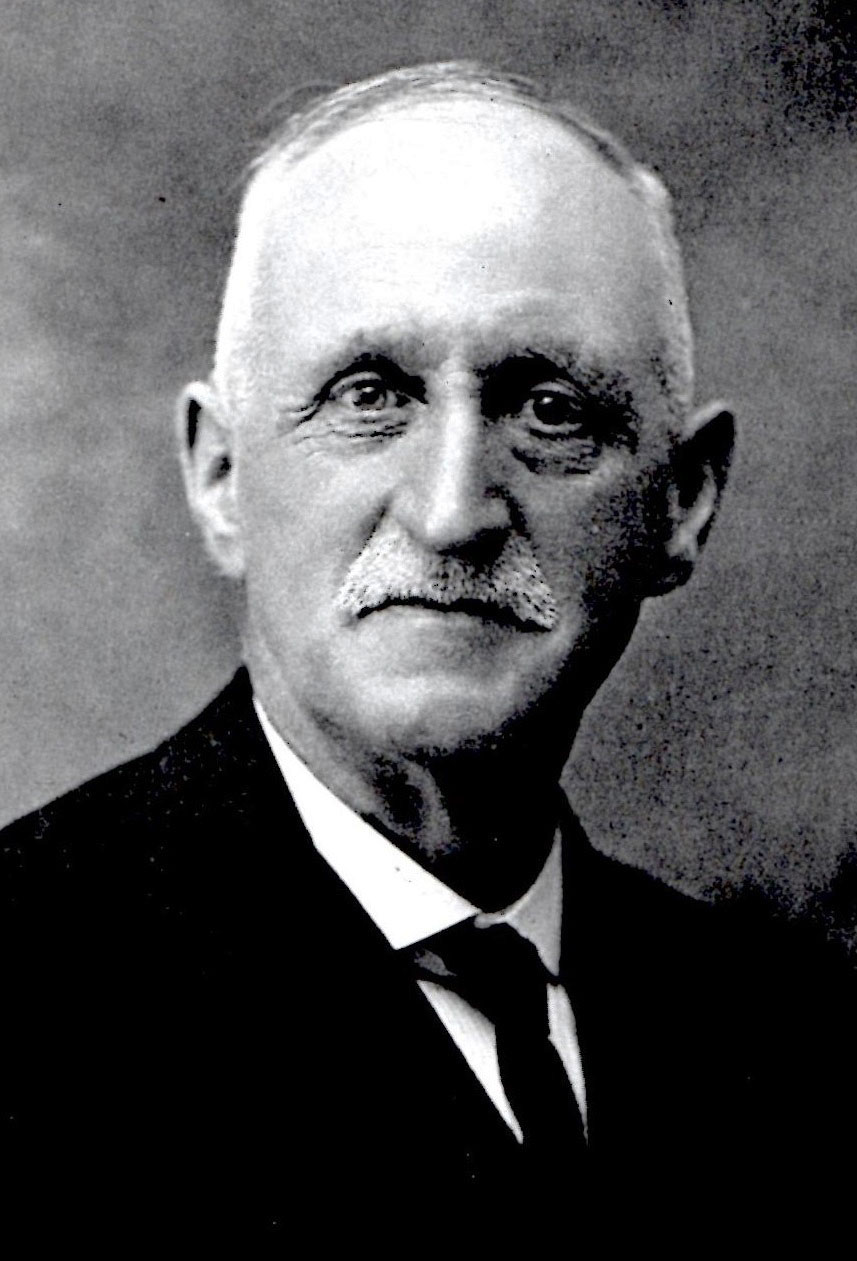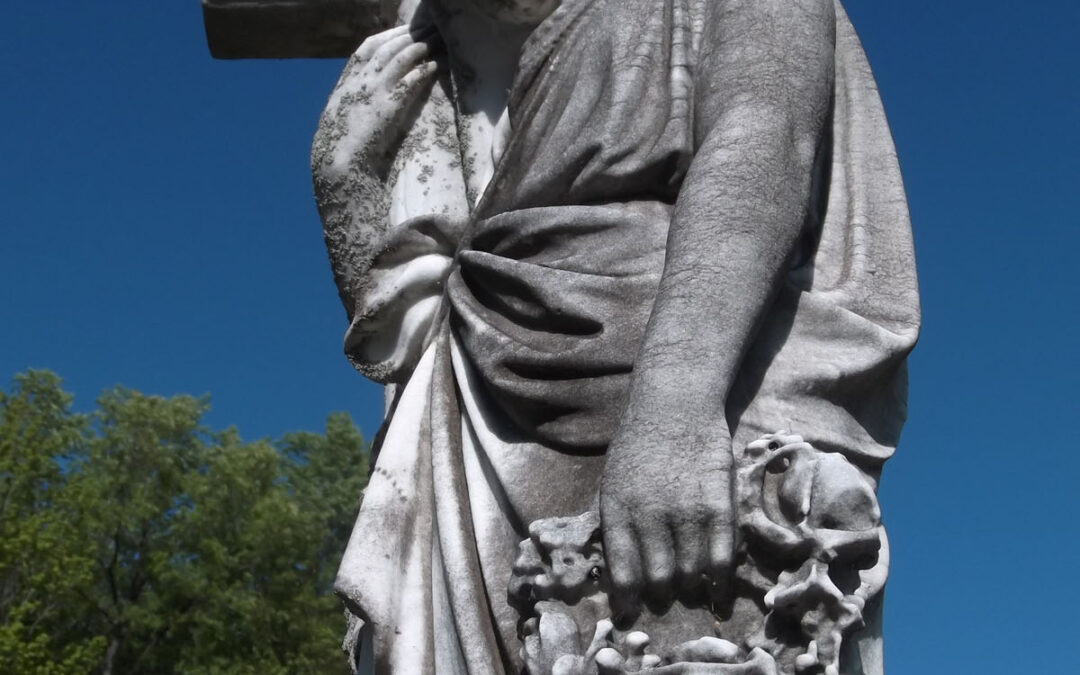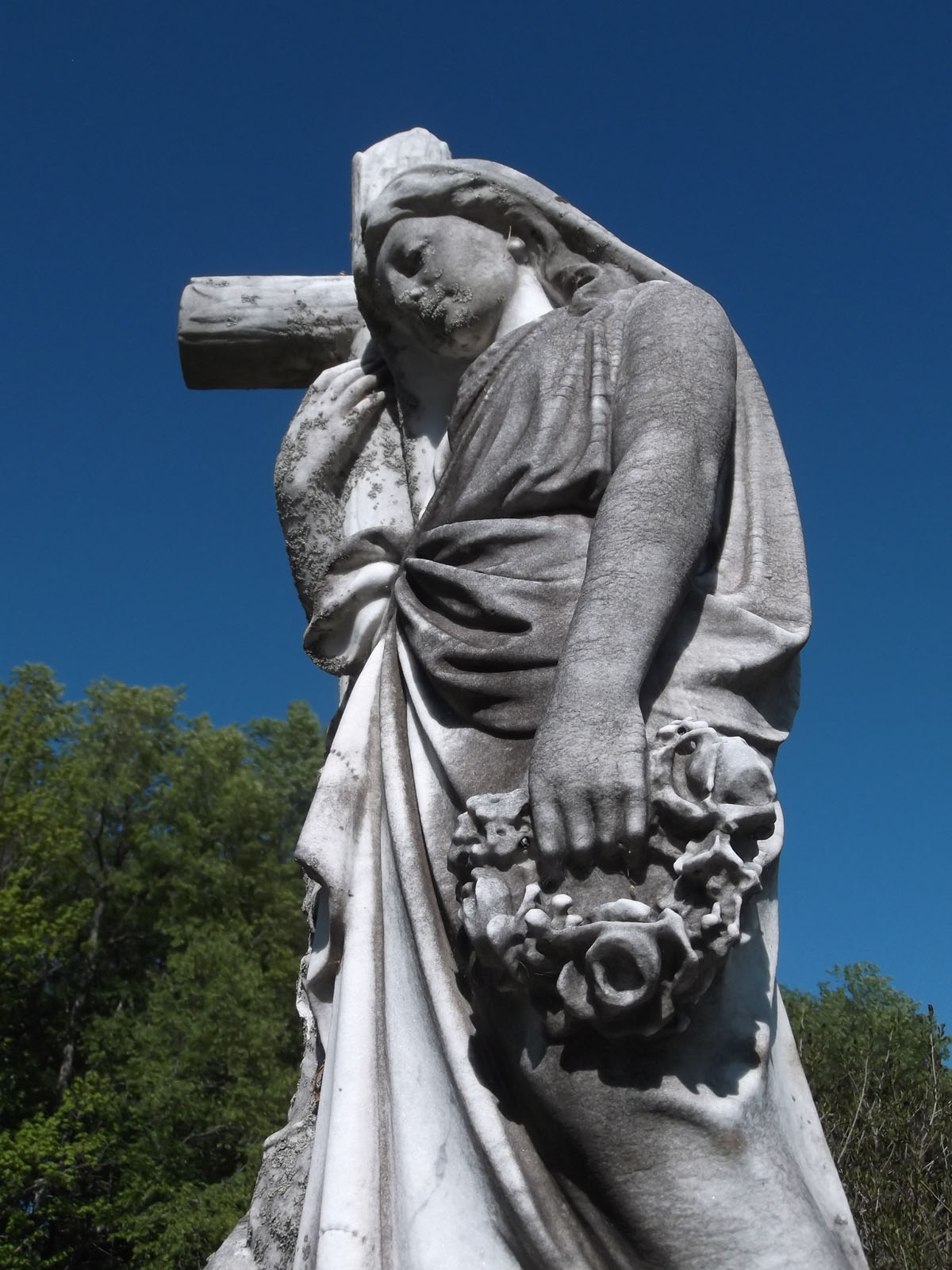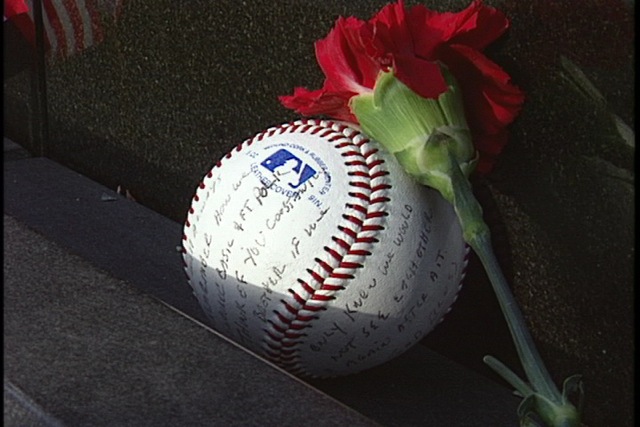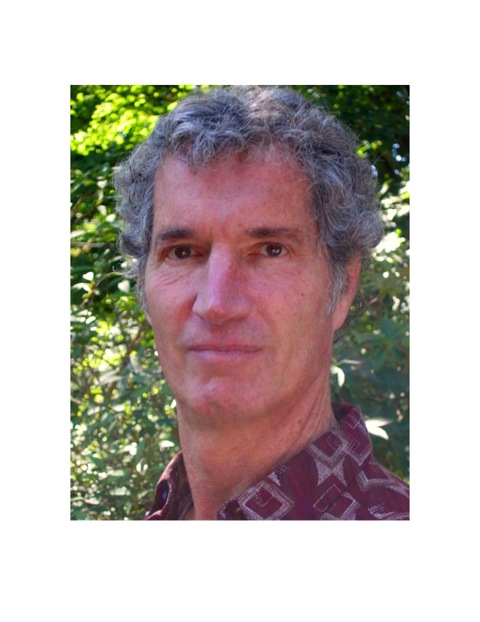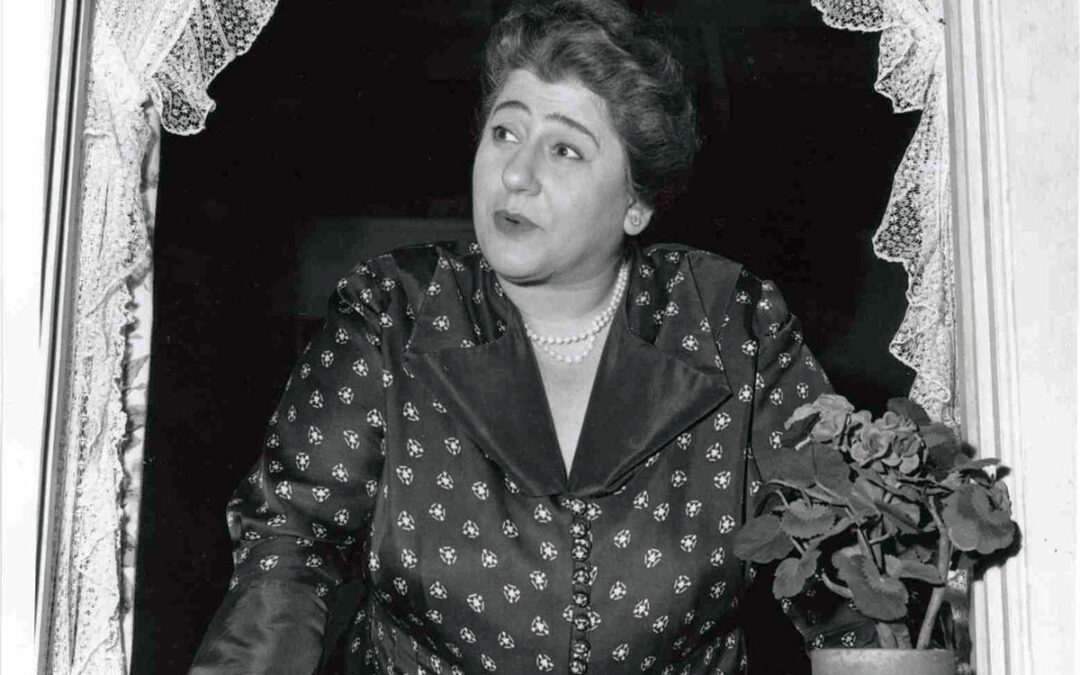
July 12 film tells story of radio, TV star Gertrude Berg

Gertrude Berg, aka Molly Goldberg
“Yoo Hoo, Mrs. Goldberg,” a documentary about radio and television pioneer Gertrude Berg, will be screened Sunday, July 12 at 1 p.m. at the Historical Society of the Town of Middletown (HSM), 778 Cemetery Rd., Margaretville.
Admission is $5.
The famed comedienne got her start in show business in Fleischmanns and is buried in Bnai Israel cemetery there. Gertrude Berg memorabilia from the collection of the Greater Fleischmanns Museum of Memories will be on display at the HSM screening.
Born Tillie Edelstein in Harlem in 1898, the woman who became known to millions of radio listeners as Molly Goldberg first entertained guests at her parents’ hotel, a mansion once owned by the Fleischmanns family. Whenever it rained and the guests got restless, Tillie became a ‘gypsy’ and read palms, or organized playlets with parts for everyone. It was also at the hotel that she met her future husband, Lewis Berg.
Stories gleaned from family, guests and hotel staff found their way into the scripts she ultimately wrote for “The Goldbergs,” an original radio show she created and starred in for 17 years. Debuting just a week after the stock market crash in 1929, the program was a favorite of listeners who found the tales of this quirky and funny family a comforting escape during the difficult Depression years. The show was second only to “Amos and Andy” as the longest running radio show ever.
Gertrude Berg carried the characters into the brave new world of television with The Goldbergs. TV’s very first sitcom in 1949. Berg wrote the scripts for The Goldbergs, in which she also played the leading character. CBS’s number one show combined comedy and social commentary and featured Jewish characters, including the endearing matriarch Molly Goldberg who regularly kibitzed with neighbors across airshafts in the Bronx (“Yoo hoo, Mrs. Goldberg”).
Berg won the first ever Best Actress Emmy Award in 1950, and later earned a Tony on Broadway. A trailblazer in the male-dominated entertainment world, polls showed she was the second most respected woman in America, after Eleanor Roosevelt. Considered the Oprah of her day, Berg wrote an advice column (“Mama Talks”) and a cookbook, and even launced a clothing line.
“Yoo Hoo, Mrs. Goldberg,” a 2009 film by Aviva Kempner includes clips from The Goldbergs, and other period TV shows and films, including The Ed Sullivan Show, The Honeymooners, The Perry Como Show, I Love Lucy, The Milton Berle Show, and the Marx Brothers.
The 90-minute film features interviews with family members, historians and famous fans, including Supreme Court Justice Ruth Bader Ginsburg, Ed Asner, Norman Lear and NPR’s Susan Stamberg. It also tells the story of “Goldbergs” co-star Philip Loeb, who was attacked by Joseph McCarthy’s blacklisting machine, a tragic witch hunt memorialized in the 1976 film The Front. Loeb committed suicide in 1955.
“Yoo Hoo, Mrs. Goldberg” is made available by the Ciesla Foundation and the National Center for Jewish Film.
